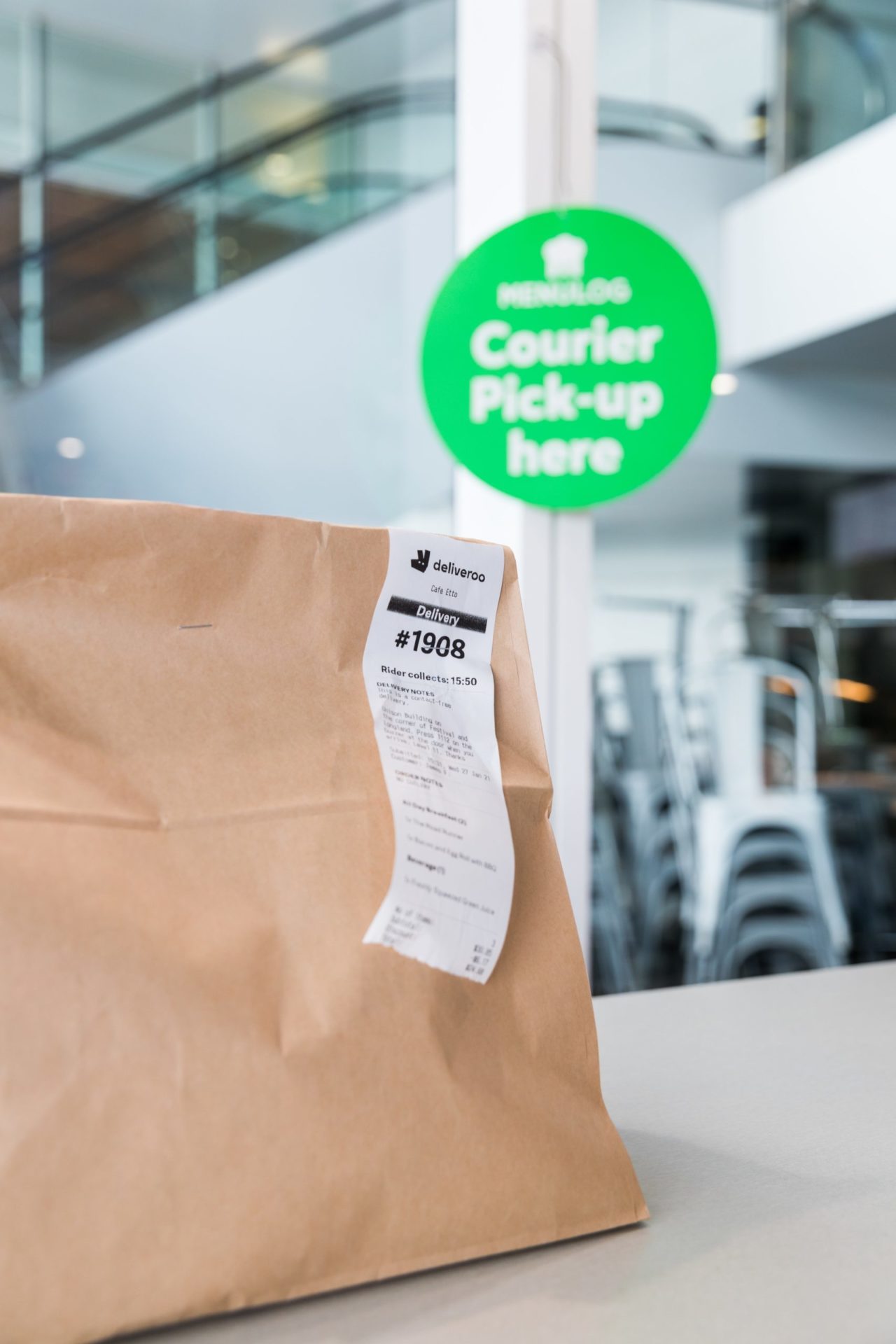March 20th 2020
The virus approaches, but we feel more ready than last week.
Earlier this week we began our coverage of the COVID-19 crisis with a survey amongst 2,000 UK adults to capture the impact of COVID-19 on their attitudes and behaviours. Because events are moving faster than anyone could predict, we took the step earlier this week to go back out again to ask the public for a further update.
Categories set to gain in the crisis are healthcare insurance, home security, in home entertainment and alcohol for home consumption.
Between Monday 16th and Thursday 19th we ran a new survey, again amongst 2,000 nationally representative adults, to capture a refreshed view of this rapidly changing situation.
Key Points:
Firstly, we’re just as worried as we were last week, with 26% of the population “the most worried I’ve ever been” (25% last week). This stability of this panic has been driven by two contrasting forces; an increase in our proximity to the virus (it’s taking hold) and yet, more positively, a significant increase in our confidence in our public institutions to protect us: There appears to be a better plan in place and dramatic actions are being taken, even if they’re extremely disruptive.
Escalation in numbers (March 13 – 15th to March 16th to March 19th)
- Peak worry levels are up slightly from 25% to 26%, again felt most amongst women and homemakers
- 58% of us are experiencing scarcity in shops, up from 45% last week
- 1 in 3 have had an event cancelled (up from 1 in 5)
- A doubling of workplace restrictions including homeworking from 1 in 10 workers to 1 in 5
- 17% are self-isolating, late last week that was only 9%
- Experience of school closures quadruples from 2% to 8%
Over the weekend, and throughout this week, we have seen measures put in place by the government which have gone some way to reassuring us that total disaster isn’t inevitable. Trust in what institutions have to say has, to some extent, been recovered.
- 2/3 of us trust Healthcare professionals as a source of information (up from 60%)
- The advice of The Chief Medical Officer is now trusted by half of adults. However, trust levels are lowest amongst the young and the worse off.
- Other sources such as social media, our peers and local news haven’t changed, with only a small minority of people placing trust in what they read and hear through these channels
- Brands and companies are still not to be trusted, with only 1 in 25 listing brands as a reliable source of information, despite the best efforts of the finest PR agencies
The economic outlook continues to darken for everyone.
Last week we asked about whether people estimated they would experience a negative impact on their disposable income.
- Late last week, 38% of adults foresaw less money in their pockets due to coronavirus. This week 47% do
- This overall pessimism masks what appears to be two stories: financial anxiety is at its highest amongst those with most to lose; business owners, Londoners and ABC1-types and also those yet to accumulate wealth; those renting and the young
It’s well documented how thin most UK households run their finances. The Guardian reported in January last year that the average household had unsecured debt of £15,385, the highest it has ever been. Servicing this debt, in 2019, absorbed over 30% of household income. Without income, not only the individual families, but the entire country faces the prospect of a repeat of the 2008 financial crisis. As if a deadly pandemic wasn’t enough.
Can’t spend, shouldn’t spend
We asked people about the types of purchases they’ve made in the last month and how their spending in these categories has changed in the last week. Every category we asked about is seeing disrupted spend patterns. With only a handful of exceptions, demand in all categories has weakened.
Our maths:
- We sized the population of consumers who recently purchased in a category in the last month
- Then, of these people, we sized the % who claim to be buying more vs. buying less than normal right now
- From here we calculated a net impact versus typical demand levels, for each category
The top 5 most negatively impacted categories came as no surprise; given the collective tragedy COVID-19 represents, the restrictions required to slow its progress and people’s common sense
- Fashion and clothing (40% of category buyers buying less)
- Gym memberships (-28%)
- Personal grooming and salons (-28%)
- Pubs, clubs and bars (-26%)
- Eating Out (-26%)
More interestingly four categories have the potential to experience growth during the coronavirus period:
- Healthcare insurance (+2% recent buyers buying more)
- Home security (+3%)
- In home entertainment (+4%)
- Alcohol for home consumption (+13%).
Yes, dry January does seem a distant, and faintly irrelevant exercise now.
Digging deeper into the data, a follow up question asked whether buyers were switching more to online or more to bricks and mortar stores to buy.
All categories saw minor swings to online in line with social distancing, with the exception of buying alcohol for home consumption, particularly amongst males. The thrill of the beer run still excites us men, even if right now it’s frankly stupid. Maybe Dry January wasn’t so difficult…
You can see an edited visualisation of the main points above in this graphic here:
We will continue to watch the home security category. Is this a leading indicator of things to come?
Life after Covid-19
In this brief round of research, we ended by asking people what they feared most about life after coronavirus.
- Overwhelmingly, people fear losing loved ones (45% first choice of 5 options)
- Equally unwanted were facing limits to personal freedoms, mass unemployment and social unrest
- Least feared, and most likely to be people’s 5th rank is becoming depressed.
- However, depression was significantly more a worry amongst the young, who perhaps have the least to fear medically, but the most in terms of economic uncertainty
Numbers can’t tell the whole story
A ranked list of terrifying outcomes only goes so far to help people to express themselves. Often a few words are worth a thousand numbers. And below we have drawn together some of comments people have made about their fears for COVID-19.
These poignant statements help us to better understand the complex and highly localised human drama unfolding in every home, street and family, both across the country, and the world. You can read some of these comments in the graphic below:
This and next week
We rewrite our questions every Friday and this time next week there’ll be another update on the continuing and developing situation.
As said before, these posts raised important questions about the role of research in a time of crisis, just as much as they stimulate questions about how the population is dealing with the unfolding, unravelling reality of life in the UK during a pandemic.
Your comments and connections are welcome, if you would like to know more, to purchase more detailed data or analysis or would like to ask your own questions, click here.






